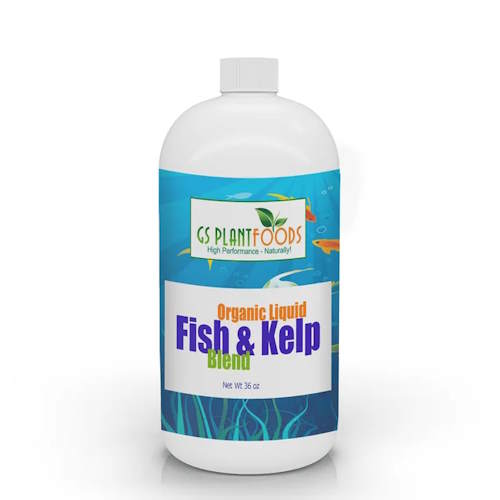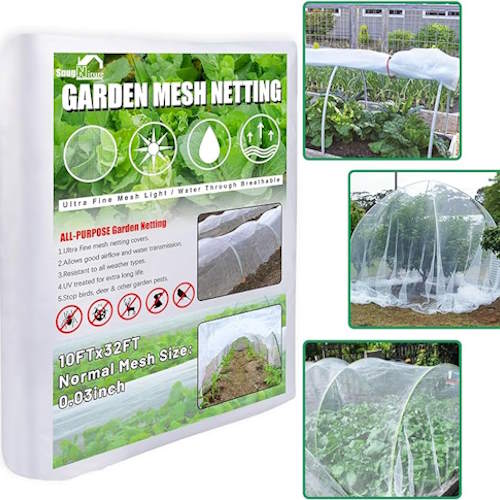How to grow kale in pots – for harvests of nutritious leaves in small spaces
See our expert guide to growing kale in containers, whether you buy plants or raise your own from seed
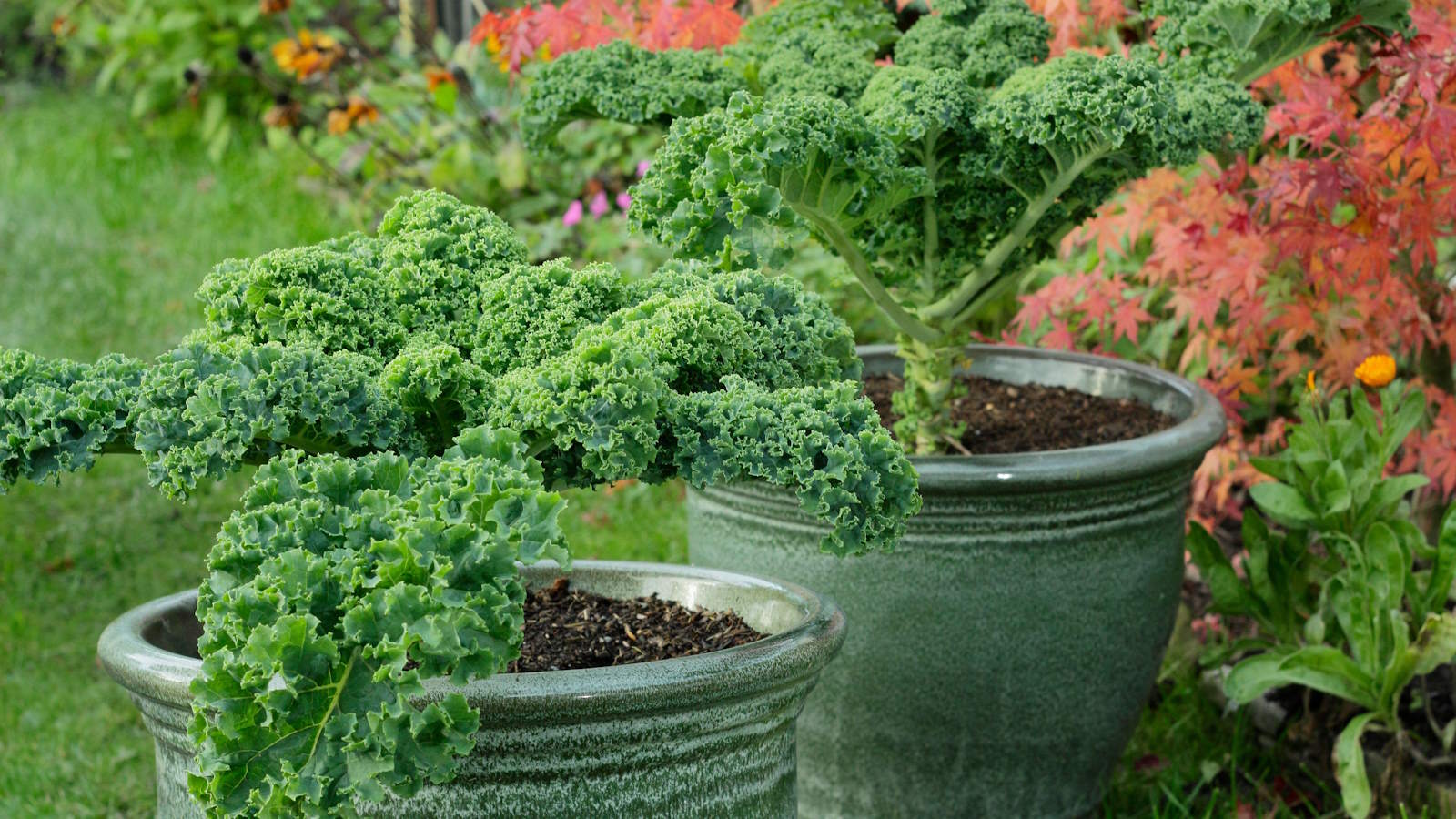

Kale is a super-nutritious crop rich in vitamins and antioxidants. If you aspire to grow and harvest homegrown kale but lack space, the good news is that kale can be grown in pots successfully.
Growing kale in containers increases the possibility of cultivating and harvesting the crop on patios, decks, or balconies. It is a crop that I have grown a lot over the years, both in pots and in the ground in vegetable gardens, and you can get a top harvest of kale from just a few plants.
To help you enjoy success with growing kale in pots, let’s take a deep dive into the topic and look at everything from the best varieties, pots, and soil to use to how to water and feed plants to get a long and rich harvest.
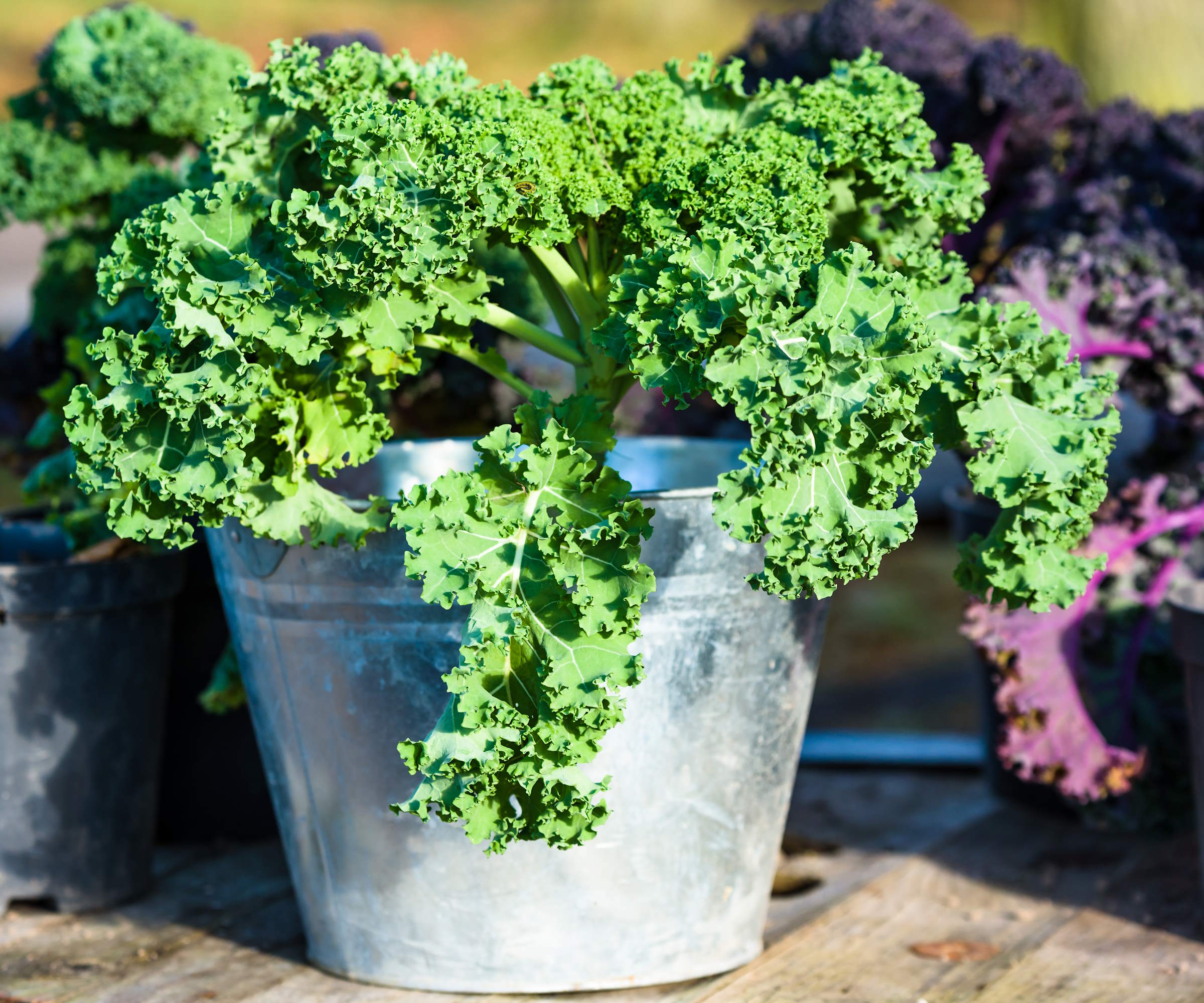
Kale can be grown in many different styles of pots
Can you grow kale in a pot?
The answer to the question, does kale grow well in pots, is yes. There are many varieties of kale to grow and all can grow successfully in pots, however, dwarf and compact varieties are more suited and easier to grow as part of a vegetable container garden.
The likes of Kale ‘Dwarf Blue Curled’ or 'Winterbor' are ideal for growing in pots, whereas types like ‘Dinosaur Kale’ can reach four feet in height so would be trickier to grow in containers.
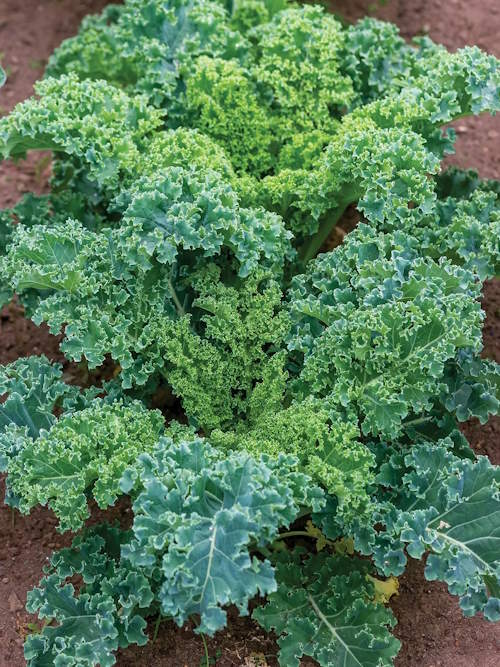
A popular variety that produces finely curled, crinkly, bluish-green leaves and grows up to just 16 inches in height
How to grow kale in a container
Kale plants are readily available in spring and summer from garden centers, nurseries, and online retailers to quickly and easily plant vegetables in containers for an instant kitchen garden.
Alternatively, a more budget-friendly way - and potentially more satisfying, but not so instant - is to grow your kale plants from seed. This method offers a wider range of potential kale plants to grow than you commonly find for sale as young plants.
How to plant kale in a pot
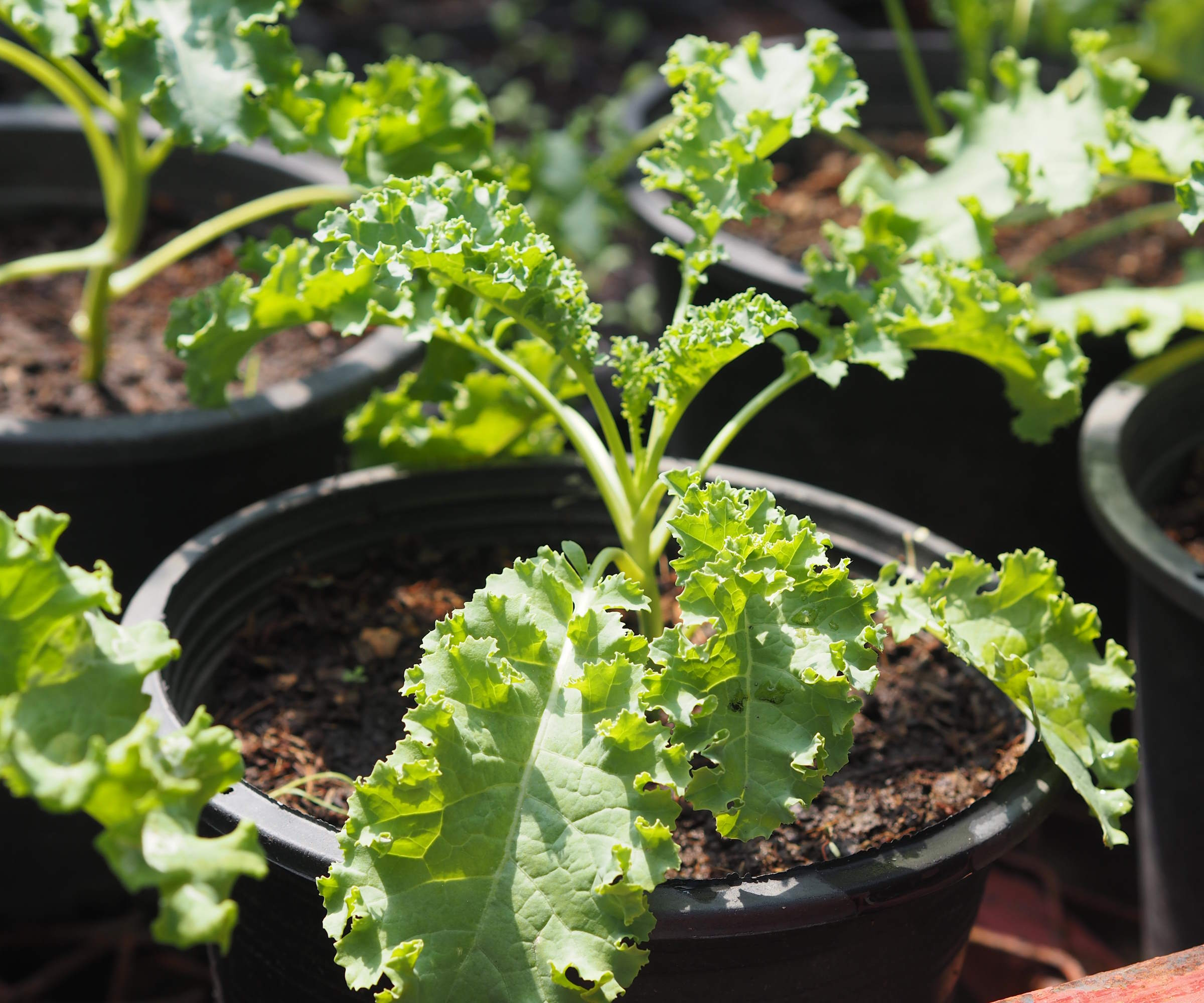
Young kale plants can be planted straight into the pot to grow
Young purchased kale plants can be planted in containers from spring onwards, once the risk of frost has passed for your US hardiness zone.
Kale plants are hardy in US hardiness zones 7 to 10 when fully developed, but young plants may need protection from a late frost as it could set them back. Kale plants will struggle in the heat - do not plant young plants in the middle of summer. For a later crop, plant in early fall to harvest through winter and spring.
Do not congest kale plants or grow more than one in a confined space. Likely, one pot will only be able to grow one kale plant, the alternative if you want more plants is to use large pots or planters or grow kale in raised beds.
Diane Kuthy, founder of How To Grow Everything, says you should not fret about not growing numerous kale plants if you are short of space.
‘Kale roots grow about 8 inches deep, so you'll need a pot that is at least 8-10 inches deep and 10-12 inches wide per kale plant. Don't try to force too many kale plants into a small pot. One plant per large 5-gallon pot is best,’ says Diane.
‘Kale is a cut-and-come-again plant, meaning that you can continue to harvest from a single plant throughout the growing season and the plant will continue to grow new leaves. This means that you don't need a ton of kale plants to get a good fresh harvest.’
Any pot wants holes in the bottom for drainage and to be filled with well-draining potting soil for container gardening. Make a hole in the soil and plant the kale into the pot at a height slightly deeper than it was in the nursery pot. Firm the plant into the soil and water well.

Diane Kuthy is the founder and lead plant expert at How To Grow Everything, a collection of comprehensive grow guides for every plant and vegetable. Diane has over 10 years of gardening experience and she currently manages a five-acre farm, with a four-season greenhouse and over 50 perennial fruit and vegetable varieties.
How to grow kale from seed in containers
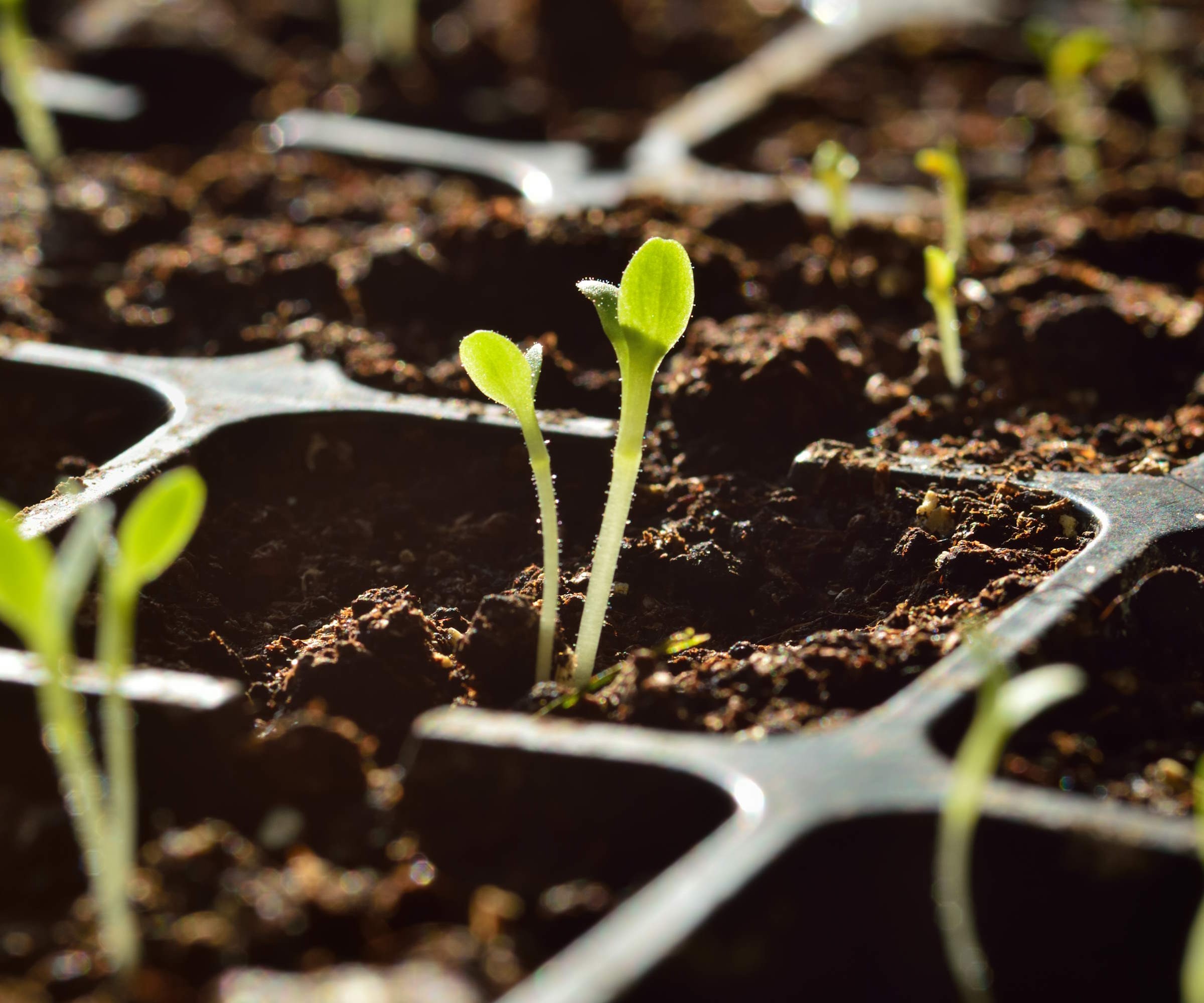
Kale seeds can be sown early in the year indoors to get a head start on the season
Kale plants can be grown from seed indoors or outdoors. You can start the vegetable seeds indoors from around six weeks before your last predicted frost.
To sow seeds indoors, fill trays, modules, or small pots with potting soil formulated to start seeds. Sow the seeds thinly on the surface and then cover with around a quarter-inch more compost or vermiculite. Keep the soil moist and the container in a greenhouse or bright windowsill at temperatures of 60-65°F.
The seeds should germinate quickly and want to be kept moist. Pot on the seedlings if required when they are large enough to handle and transplant seedlings to their final container once the risk of frost has passed.
Alternatively, seeds can be sown directly into the container a quarter-inch deep after the frosts have ended. Sow two or three seeds per pot and cover with compost, keep moist and thin the seedlings so you have one healthy kale plant developing.
Tips for growing kale in pots

Mature kale leaves should be picked at around the size of your palm
- Location - Kale prefers to grow in full sun but is a vegetable that can grow in light shade. It ideally wants six hours of sunlight per day with temperatures around 65°F. Kale plants can struggle once the thermometer increases and temperatures hit over 80°F - moving containers to shadier spots in warmer climates can help to keep the plants happy.
- Watering - Plants want to be kept well-watered and you want to keep a close eye on when to water plants. Kale growing in containers will want more watering than plants growing in the ground, pots dry out quickly and it is important to check the moisture levels in the soil when watering plants in containers. Water often - it may need daily watering to keep the soil moist in summer - and deeply until the excess starts to run out the drainage holes. Mulching the container can help to retain moisture in the soil and also keep the plant’s roots cool. An alternative method is to use a self-watering planter, while Diane Kuthy prefers plant watering globes. She says: ‘I like to use watering globes for all of my potted vegetables because they deliver the perfect amount of water to the plant as needed and I only have to fill up my globes once per week or when they are empty.’
- Feeding - On top of needing more watering, kale in pots will also require regular fertilizing as they can quickly use up all the nutrients in the soil. Adding a balanced fertilizer when planting can help get plants established and they will need more feeding through the season. The plants can suffer from slow growth and yellowing leaves if they are deprived of nutrients, so avoid that container gardening mistake and feed with a water-soluble fertilizer every two weeks to keep the plants growing and thriving. ‘If you want to amp up its growth, feed your plant with some nitrogen during the growing season - I like to use fish emulsion fertilizer,’ says Diane Kuthy.
- Protection - Taller varieties of kale may need to be staked to keep them upright. All kale plants will benefit from being covered with netting, which can deter pigeons that are liable to eat the plants. The netting itself wants to be ultra-fine to prevent cabbage white butterflies, as the pests are attracted to brassicas and lay their eggs on the leaves. The caterpillars that emerge are pests that can destroy plants in summer as they munch through leaves and stems.
- Harvesting - Harvest the kale as required, whether as baby leaves that can be ready in less than a month or ones left to mature. Pick the leaves individually, starting with the lowest outer ones first, and you can harvest kale over many months. The mature leaves should be palm-sized and it is a crop that turns sweeter after the plants have been touched by frost.
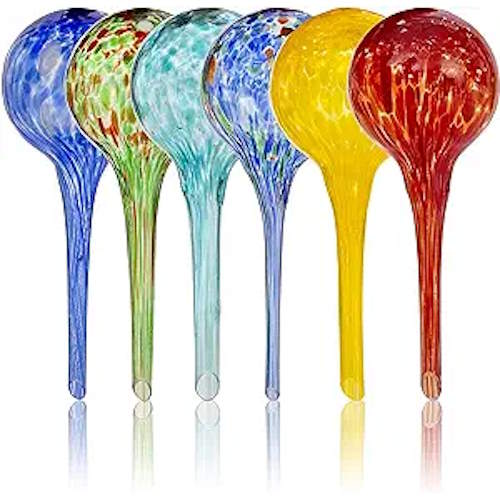
A set of six large 12” x 3.5” multicolour glass water globes that can water any potted plants for up to two full weeks.
FAQs
Can you grow kale in a window box?
Dwarf or compact varieties of kale can grow in a window box on a sunny windowsill. Providing the window box is at least 12 inches deep, and can give the kale at least 12 inches of space, you can get a crop of leaves.
What is the best potting mix for kale?
Kale wants a potting mix that is fertile and well-draining. Any good organic potting mix can provide the right nutrients and moisture to kale plants. Adding extra organic matter, such as a handful or two of compost or well-rotted manure, can help the mix hold onto water and nutrients and feed plants over an extended period.
A unique alternative to growing kale is to grow kalettes. This attractive vegetable is a cross between kale and Brussels sprouts and, while its tall stem of small kale florets makes growing it in containers tricky, it is worth considering if you are looking for new crops to grow in a vegetable garden.
Sign up to the Homes & Gardens newsletter
Design expertise in your inbox – from inspiring decorating ideas and beautiful celebrity homes to practical gardening advice and shopping round-ups.

Drew’s passion for gardening started with growing vegetables and salad in raised beds in a small urban terrace garden. He has worked as a professional gardener in historic gardens and specialises in growing vegetables, fruit, herbs, and cut flowers as a kitchen gardener. That passion for growing extends to being an allotmenteer, garden blogger, and producing how-to gardening guides for websites. Drew was shortlisted for the New Talent of the Year award at the 2023 Garden Media Guild Awards.
-
 Emily Blunt gifted Cillian Murphy this $545 pillow – she's 'obsessed' with these luxury pillows, and frankly, so are we
Emily Blunt gifted Cillian Murphy this $545 pillow – she's 'obsessed' with these luxury pillows, and frankly, so are weThe Oppenheimer stars sleep on this ultra-luxe goose down pillow – here's why we love it – plus our affordable alternatives from $35
By Sophie Edwards Published
-
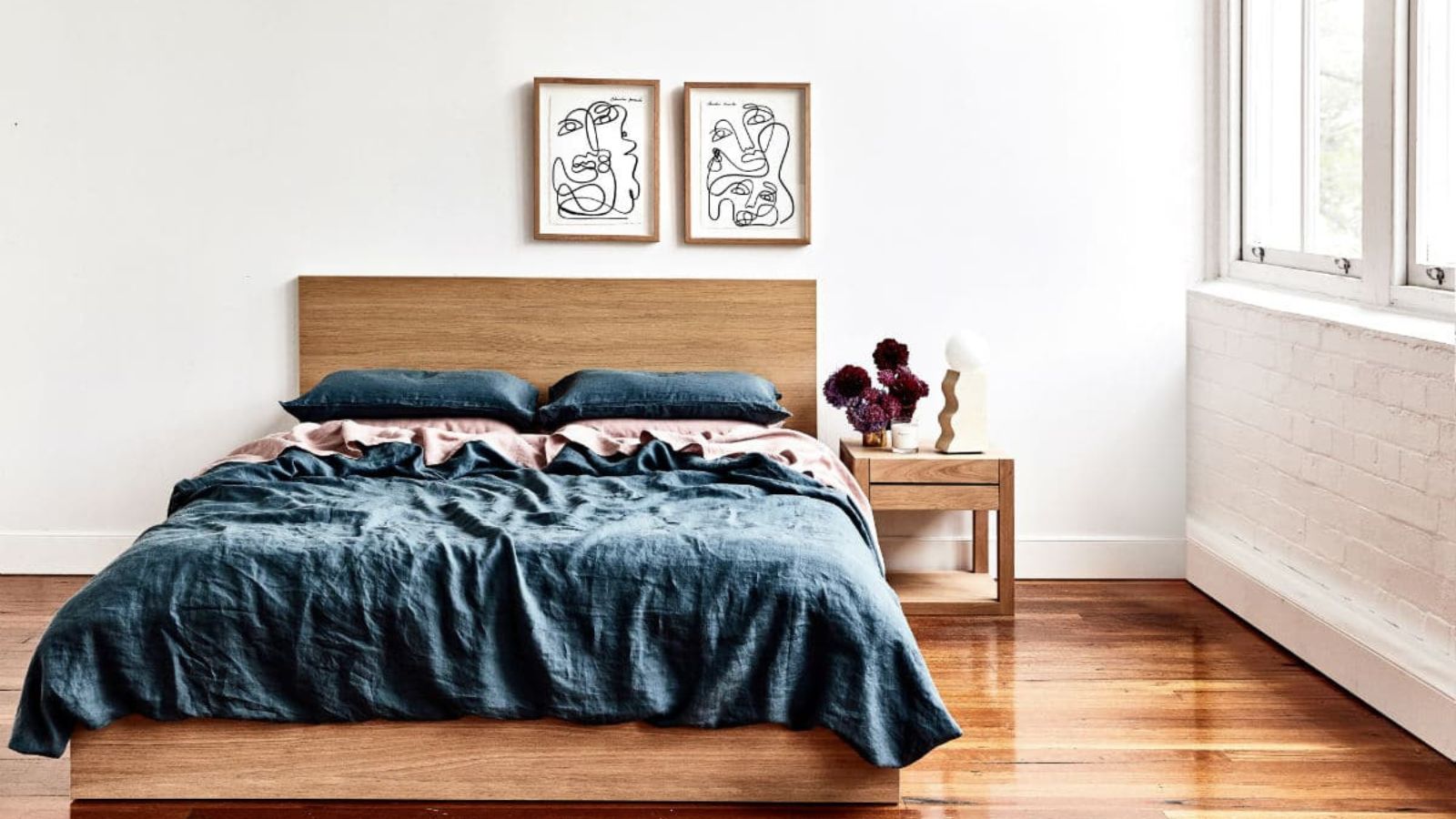 The great bedding debate: top sheet vs no top sheet − which side are you on?
The great bedding debate: top sheet vs no top sheet − which side are you on?I asked an expert panel of bedding designers whether you really need a top sheet to keep clean and cool or if it's just another ploy to make you spend money
By Emilia Hitching Published
